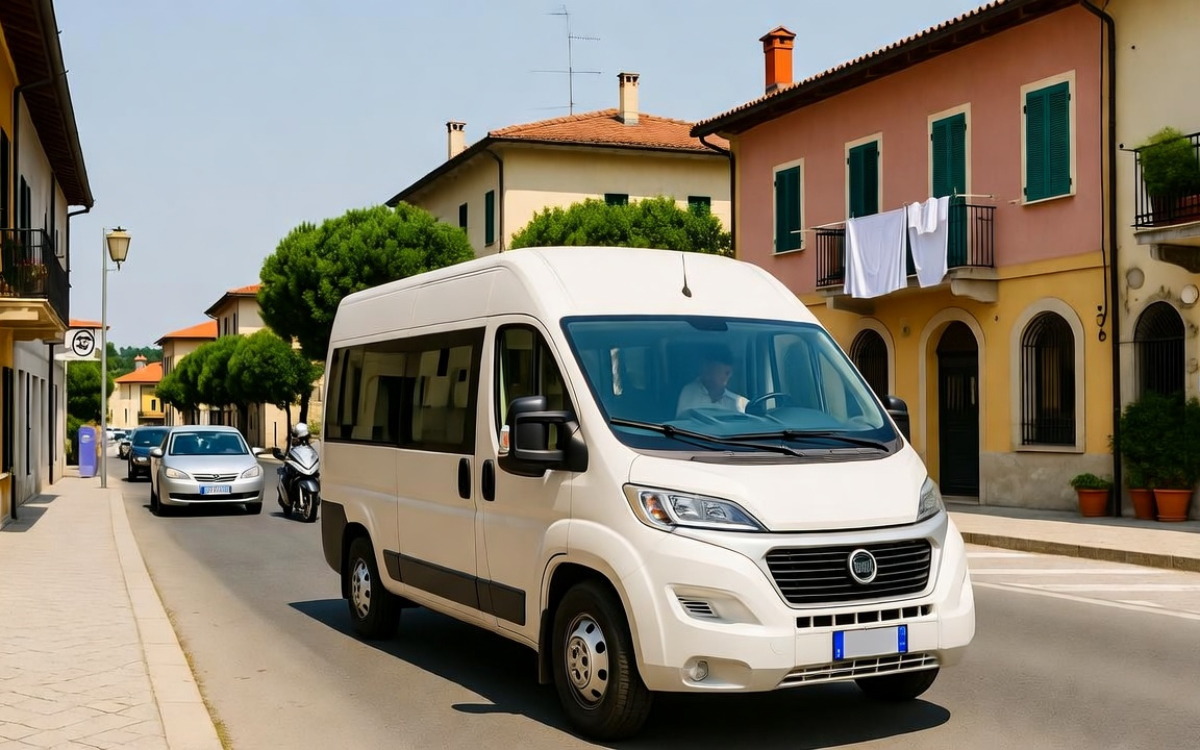


How to deploy on-demand shuttles

Let’s say you’re a mobility planner who is considering piloting a demand responsive bus service. Wouldn’t it be useful to know just how many vehicles you’re going to need to deploy if you want to cover a specific area?
Perhaps your municipality has a budget for 3 vehicles and you’d like to find the most convenient area in which to engage a given number of ‘early users’. Maybe you have a fleet of 5 vehicles to provide on-demand transportation in a certain district and it would be helpful to know if this will be proficient enough to offer a ‘good service’?
When planning for the deployment of on-demand bus services, Shotl runs a series of simulations using a predictive modelling approach and data analysis in order to help you determine how on-demand bus services could be most successful in a particular area. There are four main factors to consider in any simulation:
- Time/Length of an average trip
- Estimated number of requests
- Supply of vehicles during the day
- Size and shape of the area
1. Time/Length of an average trip
The average time that elapses; from when a passenger requests a ride until he or she reaches their destination is a very sensitive variable. Users expect to spend a minimal amount of time waiting prior to the driver showing up, it is also reasonable for users to not be excessively delayed due to various stops that may be added along the route.
2. Estimated number of requests
That’s the total number of passengers that are using the service during a certain period of time (active users), as well as all the origins and destinations and their coincidental patterns. When 2 or more passengers share common directions, there is greater opportunities to pair their trips with another vehicle; this increases the total overall occupancy. Furthermore, demand needs to be calculated during the different peak and off-peak time periods of a given day as volumes and travel patterns tend to fluctuate throughout the day.


3. Supply of vehicles during the day
The supply of an on-demand shuttle system relates to the number of vehicles and their capacity as per the total number of seats that are available. The bigger the fleet and size of each vehicle, the better the service offered to users. Vehicle capacity is important as it contributes to a smooth service during high demand peaks which can differ greatly from off-peak times.

4. Size and shape of the area
The total territory of the confined area of operation has a direct effect on the typology of trips to be serviced, as larger areas would likely result in longer trips, subsequently, passengers would spend more time on board and as a consequence, the number of trips delivered during a certain period of time would be less. Moreover, in large areas, there is a higher chance of longer waiting times, as any suitable vehicle going in a direction that matches a new request can require users to wait much longer than usual.
In conclusion, these four different factors influence each other in multiple varied ways and simulations provide extremely valuable data in the planning stage when starting any new deployment.
One example of what simulations have taught us is to look at a case where demand doubles in a given area. Such an increase in demand only requires 50% additional vehicles as the chances of being paired with other users increases exponentially and the overall system becomes more efficient. By using simulations we’re also able to answer questions such as ‘How many vehicles would we need to keep an optimal quality of service if we increase the size of an area by 50%?’
Thanks to Shotl’s Pre-pilot Simulations we’re starting to understand the more challenging complexities that occur as a result of combining all four factors together. Our team at Shotl is continuously testing hypothetical scenarios in a virtual environment before taking the vehicles out into the streets.
As we dig further into the field of pre-scheduled rides, we continue to find new challenges and goals that we’ll always make available and be happy to share with our community. Continue reading our posts to find out more about what we’ve been up to! Further updates will follow soon.
Popular posts
30.09.19
Machine learning boosts Shotl users’ experience
Machine Learning (ML) is a field of Artificial Intelligence (AI) which focuses on the development of techniques that allow computers to learn how to perform a specific task.
Enric Sanmartí
27.10.25
Anti-Cannibalisation Strategies: Making DRT and Fixed Routes Work Together
Anti-cannibalisation strategies ensure DRT complements, not competes with, fixed routes—using geofencing, time controls, and GTFS data to fill service gaps and enhance overall transport efficiency.
Albert Tresserras
25.01.21
Shotl and Odakyū launch in Tokyo
Shotl partners with Japanese railway operator Odakyū Electric Railway to provide innovative first-mile, last-mile transportation in the city of Kawasaki, Tokyo Major Metropolitan Area.


